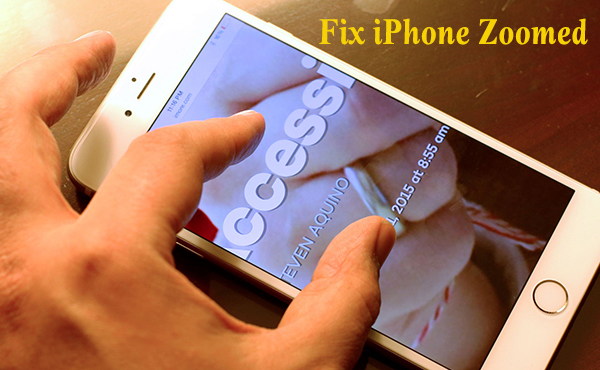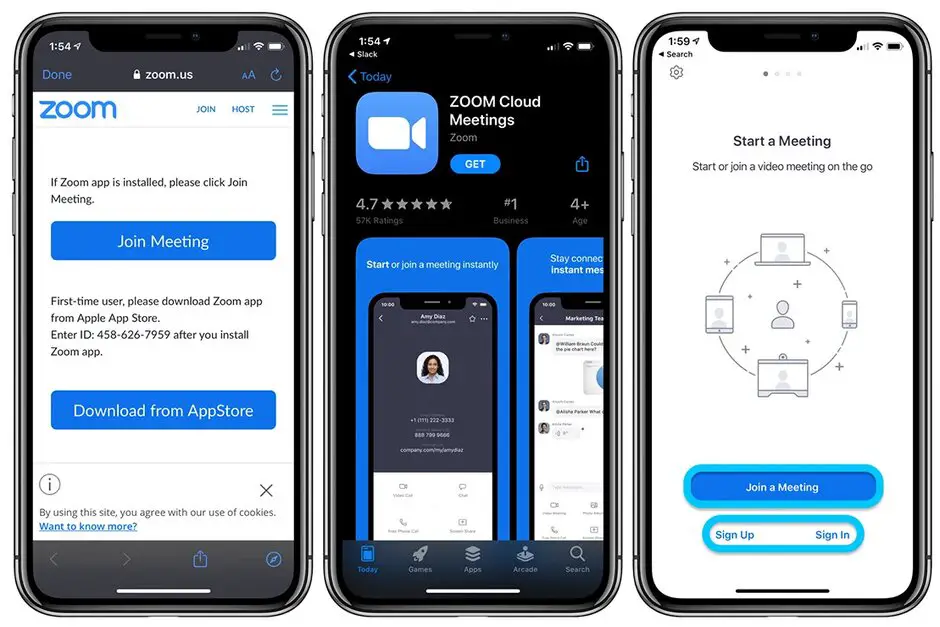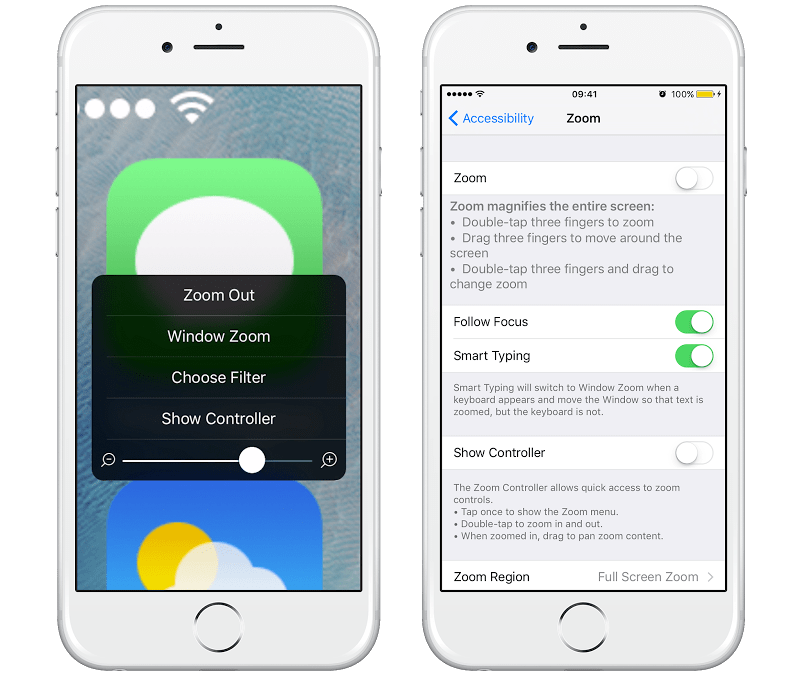Unintended Zoom: A Persistent Issue in iPhone Usage
Related Articles: Unintended Zoom: A Persistent Issue in iPhone Usage
Introduction
In this auspicious occasion, we are delighted to delve into the intriguing topic related to Unintended Zoom: A Persistent Issue in iPhone Usage. Let’s weave interesting information and offer fresh perspectives to the readers.
Table of Content
Unintended Zoom: A Persistent Issue in iPhone Usage

The iPhone, a ubiquitous device that has revolutionized mobile technology, is not without its quirks. One particularly frustrating issue that users have encountered over the years is the phenomenon of the iPhone seemingly zooming in on its own, disrupting the intended user experience. This unexpected behavior can be attributed to a combination of factors, ranging from software glitches to user interactions, and understanding its root causes is crucial for mitigating its occurrence.
Understanding the Mechanisms of Unintended Zoom
The iPhone’s zoom functionality is designed to provide users with a magnified view of content, enabling them to scrutinize details or comfortably read smaller text. However, the zoom feature can become unintentionally activated due to several reasons:
- Accidental Touch Input: The iPhone’s touchscreen sensitivity, while generally beneficial for user interaction, can sometimes lead to unintended actions. A slight brush of the screen, especially in areas close to the edges, can trigger the zoom function, causing the display to magnify unexpectedly.
- Software Glitches: Occasionally, software bugs or inconsistencies can lead to the zoom feature becoming activated without any user input. These glitches can be triggered by a variety of factors, including outdated software, incompatible apps, or background processes.
- Hardware Issues: While less common, hardware malfunctions can also contribute to unintended zoom. A damaged or faulty touch screen sensor can misinterpret touch input, leading to the zoom function being activated unintentionally.
- Accessibility Features: iPhone users with visual impairments often rely on accessibility features like "Zoom" to enlarge the screen content. However, if these features are accidentally activated, they can cause unintended zoom for other users.
Troubleshooting Unintended Zoom
Addressing the issue of unintended zoom requires a systematic approach, focusing on identifying and rectifying the underlying cause. Here are some troubleshooting steps that users can undertake:
- Restart the iPhone: A simple restart can often resolve software-related glitches that may be causing the unintended zoom.
- Check for Software Updates: Ensure that your iPhone is running the latest iOS version. Updates often include bug fixes that can address issues related to unintended zoom.
- Disable Accessibility Features: If you suspect that accessibility features are causing the zoom, temporarily disable them and observe whether the issue persists.
- Clean the Screen: Dust, dirt, or fingerprints on the screen can interfere with touch input. Clean the screen with a soft, lint-free cloth to ensure accurate touch responsiveness.
- Check for Physical Damage: Inspect the screen for any visible cracks or scratches that might be affecting touch sensitivity.
- Reset Settings: Resetting all settings to their factory defaults can eliminate any customizations that might be causing the issue.
- Contact Apple Support: If none of the above steps resolve the problem, contact Apple Support for further assistance.
Preventing Unintended Zoom
Preventing unintended zoom requires a combination of awareness and proactive measures. Here are some tips to minimize the occurrence of this issue:
- Use Protective Cases: A protective case can help prevent accidental touches on the screen edges, reducing the likelihood of unintended zoom activation.
- Adjust Touch Sensitivity: While it’s generally recommended to keep the default touch sensitivity settings, some users may find that adjusting them can improve touch responsiveness and reduce unintended actions.
- Disable Zoom in Apps: Certain apps may have built-in zoom functionality that can be disabled to prevent accidental activation.
- Avoid Touching Screen Edges: Be mindful of your hand placement while using the iPhone, particularly when scrolling or navigating. Avoid touching the screen edges to minimize the risk of triggering the zoom function.
FAQs on Unintended Zoom
Q: Why does my iPhone keep zooming in on its own?
A: Unintended zoom can be caused by a variety of factors, including accidental touch input, software glitches, hardware issues, or accessibility feature activation.
Q: How do I fix the zoom issue on my iPhone?
A: Troubleshooting steps include restarting the iPhone, checking for software updates, disabling accessibility features, cleaning the screen, checking for physical damage, resetting settings, and contacting Apple Support.
Q: Can I prevent unintended zoom from happening again?
A: Yes, preventative measures include using protective cases, adjusting touch sensitivity, disabling zoom in apps, and avoiding touching screen edges.
Conclusion
Unintended zoom can be a frustrating experience for iPhone users, but understanding its root causes and employing appropriate troubleshooting and preventative measures can help minimize its occurrence. By staying informed about potential causes and taking proactive steps to address them, users can enjoy a smoother and more enjoyable iPhone experience.


![Comment dézoomer l'écran iPhone ? Zoom iPhone bloqué ? [RESOLU]](https://images.imyfone.com/fr/assets/article/fixppo/iphone-stuck-zoom-mode.png)





Closure
Thus, we hope this article has provided valuable insights into Unintended Zoom: A Persistent Issue in iPhone Usage. We hope you find this article informative and beneficial. See you in our next article!
